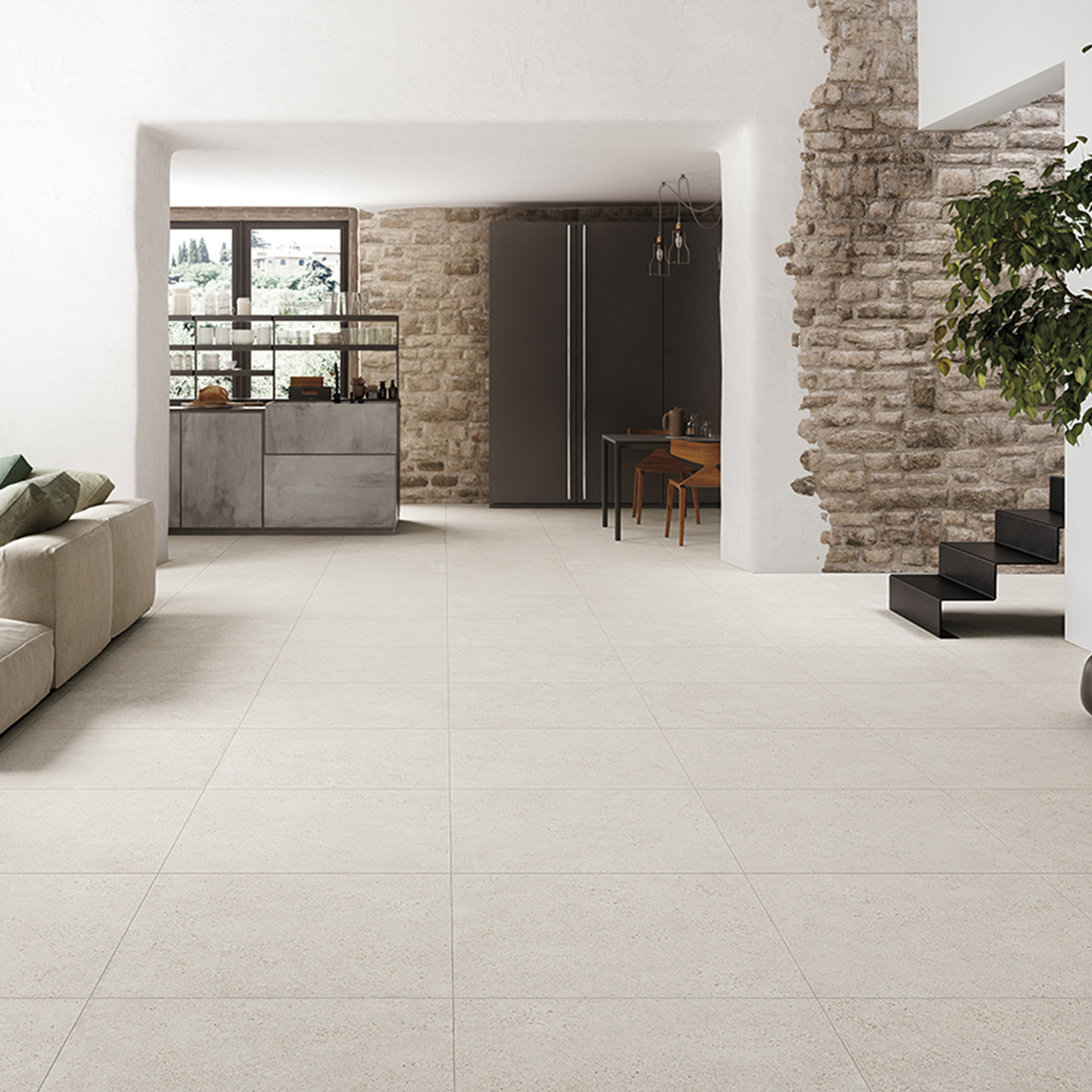Are you ready to rethink the very foundations of the structures that shape our world? Sustainable stone solutions aren't just an option; they're a critical evolution in the face of escalating environmental concerns within the construction sector. This shift marks a significant departure from traditional, often environmentally damaging practices, towards materials that champion both aesthetic appeal and ecological responsibility.
The construction industry, a cornerstone of modern progress, has long been associated with significant environmental burdens. The extraction of raw materials, energy-intensive manufacturing processes, and transportation of goods contribute substantially to carbon emissions, deforestation, and pollution. Sustainable stone solutions provide a powerful counterbalance, offering a path toward minimizing these impacts while still meeting the growing demand for robust, beautiful, and long-lasting building materials. They represent a commitment to responsible resource management, reduced waste, and a healthier planet. This commitment has resulted in growing public support.
This is the area of the Sustainable stones, the growing sector in construction industry.
| Category | Details |
|---|---|
| Concept | Sustainable stone solutions are environmentally friendly stone materials used in construction and design. |
| Environmental Goal | Minimize the impact on the environment by responsible harvesting, processing, and usage. |
| Versatility | Suitable for a wide range of applications, including flooring, countertops, walls, and landscaping. |
| Durability | Designed to last, reducing the need for frequent replacement and maintenance. |
| Value | Sustainable stones add value to a project, and offer long term savings. |
| Environmental Benefits | Reduction in pollution, deforestation, and overall carbon footprint. |
| Economic Benefits | Long-term cost savings through reduced replacement and repair needs. Potential for property value increase and government incentives. |
| Variety | Available in multiple types, including recycled stone, natural stone (with sustainable sourcing), and synthetic stone. |
| Selection Criteria | Consider the application, maintenance requirements, and certifications of the stone materials. |
| Application Areas | Residential projects (kitchens, bathrooms), commercial buildings (offices, retail), and landscaping (walkways, patios). |
| Challenges | Possible higher initial cost, limited availability of certain types, and the need for increased awareness. |
| Solutions | Exploration of long-term savings, monitoring the supply chain, and promoting education. |
| Innovations | Advancements in 3D printing, smart materials, and recycling technologies. |
| Implementation | Focused research, consultation with professionals, and initiating with small-scale projects. |
| Resources | Green building councils, industry publications, and online communities for further learning. |
| Long Term impact | A sustainable future and reducing environmental impact. |
Sustainable stone solutions are redefining the construction landscape. Theyre not just materials; they are a commitment to a more sustainable future. But why are they so critical? Why should homeowners, architects, and contractors alike be paying attention?
The answer lies in the environmental and economic advantages. Traditional building materials often come with a hefty ecological price tag. The extraction of raw materials, the manufacturing processes, and the transportation of these goods contribute to pollution, deforestation, and even climate change. Sustainable stones offer a compelling alternative. They minimize environmental harm and provide a greener, more responsible approach to construction.
Consider the environmental impact. Sustainable stones are harvested in ways that reduce harm to the planet. Water-based processes are used to cut and shape stones, minimizing water waste and pollution. The focus on using locally sourced materials cuts down on transportation emissions. Moreover, the ability to repurpose or reuse many sustainable stones further reduces waste, offering a new life to old materials.
The economic advantages are substantial. While the initial investment in sustainable materials might be slightly higher than that of their traditional counterparts, the long-term savings often outweigh this cost. These materials are designed for durability, which translates to fewer replacements and repairs over time. Additionally, opting for sustainable stones can increase the value of a property, making them a smart investment. Governments and organizations often offer financial incentives like tax breaks or rebates, further encouraging the adoption of sustainable practices.
So, what types of sustainable stones are available? Let's delve into some of the most popular options, each with its unique properties and benefits:
- Recycled Stone: Stones salvaged from old buildings or structures are repurposed for new projects, adding character and a sense of history to any space. They're inherently eco-friendly.
- Natural Stone: While not all natural stones are inherently sustainable, those harvested using responsible practices minimize environmental impact. Look for certifications such as LEED or GreenGuard to ensure you are getting the real deal.
- Synthetic Stone: These stones, made from recycled materials, can mimic the look of natural stones. They're often more affordable and easier to work with, without compromising aesthetic appeal.
Choosing the right stone requires careful consideration. Assess the purpose of the material; is it for flooring, walls, or countertops? Different stones have different performance characteristics. Consider maintenance, as some stones demand more upkeep than others. If you're looking for something low-maintenance, research the available options. Always check certifications, which ensure that the materials meet certain environmental and quality standards.
The applications of sustainable stones are limitless:
- Residential Projects: Sustainable stones can add elegance and charm to homes, from kitchen countertops to bathroom tiles.
- Commercial Buildings: Office spaces, retail stores, and schools can benefit from the durability and beauty of sustainable stones, providing lasting value and aesthetic appeal.
- Landscaping: Sustainable stones are ideal for creating outdoor areas like walkways, patios, and garden features, transforming spaces into eco-friendly oases.
Lets look at real-world examples to fully understand the impact of sustainable stones:
- Green Building Project: A commercial office building in New York utilized recycled stone for its exterior walls, reducing its carbon footprint by 30%.
- Eco-Friendly Home: A homeowner in California installed synthetic stone countertops in their kitchen, resulting in financial savings while supporting environmentally conscious choices.
- Sustainable Park: A public park in London incorporated natural stone for its pathways, creating a beautiful and eco-friendly space for community enjoyment.
Even the most promising solutions have challenges. Cost, availability, and education remain key hurdles, but these can be overcome:
- Cost: While sustainable stones might have a higher upfront cost, the long-term savings often offset the initial expense. Governments offer various incentives to help reduce these initial costs.
- Availability: As demand increases, the supply chain expands. Keep an eye out for new suppliers and materials, which are constantly evolving.
- Education: Many people remain unaware of the benefits of sustainable stones. Increasing awareness and educating the public are critical steps toward wider adoption.
Exciting innovations are constantly emerging in sustainable stone technology:
- 3D Printing: Companies are experimenting with 3D printing sustainable stones, which could revolutionize the industry, enabling more efficient and customized solutions.
- Smart Materials: Imagine stones that regulate temperature or generate energy, offering enhanced functionality and energy efficiency.
- Advanced Recycling Techniques: New methods for recycling and repurposing stones are being developed, making it easier to create sustainable materials and reduce waste.
If you're ready to embrace sustainable stones, heres how to start:
- Research: Investigate the different types of sustainable stones and their applications.
- Consult Professionals: Engage with architects, designers, and contractors who specialize in sustainable materials for expert advice.
- Start Small: Begin with a small project to gain experience and insights before committing to a larger-scale project.
For further learning, consult these resources:
- Green Building Councils: These organizations provide certifications and resources for sustainable building materials.
- Industry Publications: Stay current with the latest trends and innovations in the sustainable stone industry by following industry publications.
- Online Communities: Join online forums and communities to share tips and gain insights from professionals and enthusiasts.
- Discover The World With Masafun Today Travel Adventure More
- Backyard Discovery Vs Gorilla What Happens


